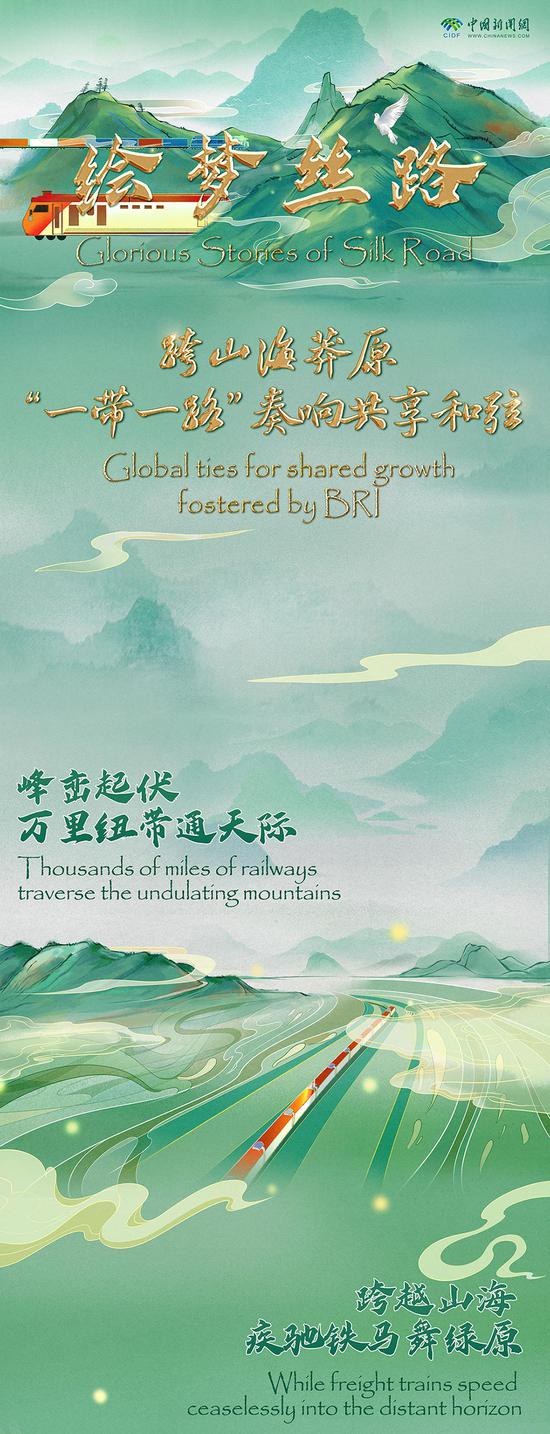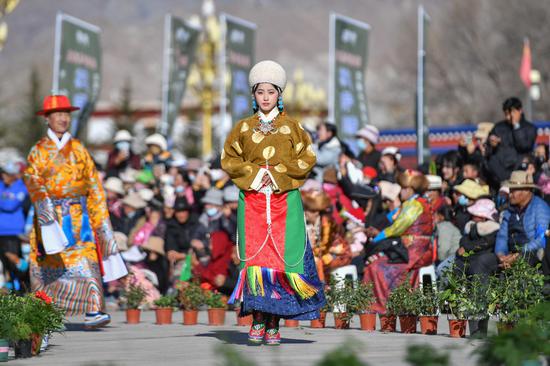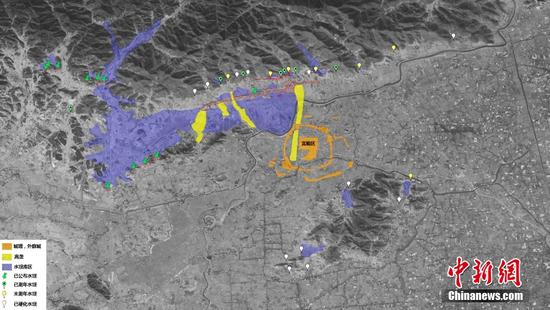
Jia Yifei, a Beijing Forestry University ornithologist, poses for a photo with a white-naped crane. (Photo provided to China Daily)
Habitat loss has reduced number of white-naped cranes using some Chinese staging sites during annual migration
After a three-year hiatus due to the COVID-19 pandemic, Jia Yifei was finally able to return to the Khurkh and Khuiten reserve in Mongolia last year to continue his research on the white-naped crane.
Together with two of his students, a partner from the International Crane Foundation and Mongolian researchers and rangers, the Beijing Forestry University ornithologist spent two weeks in the reserve from July 20, catching about 30 white-naped cranes and fitting small satellite tracking devices on 15 of them.
"We had to choose healthy individuals that met conditions for installation," the 40-year-old said. "The field work, on the grasslands dotted with patches of wetland, was challenging, including staying in tents for more than 10 days without access to showers, enduring scorching sun and relentless mosquito bites. But we were happy to resume our work, which began in 2013."
Jia said the team had focused its research on the large bird, which has a gray-and-white-striped neck and a red face patch, because of its rapid population decline.

Jia Yifei (center) fixes a small satellite tracking device on a white-naped crane together with two Mongolian experts in Mongolia in July. (Photo provided to China Daily)
A vulnerable bird
The white-naped crane, whose scientific name is Antigone vipio, is a species under the first-level State protection in China. With a global population of less than 7,000, it is also the fourth rarest crane species in the world, Jia said, with its numbers exceeding only the whooping crane, Siberian crane and red-crowned crane. As a result, it has been listed as a vulnerable species on the International Union for Conservation of Nature's Red List.
White-naped Cranes breed in high-latitude areas in China, Mongolia and Russia. In autumn, they migrate south to their wintering grounds. Some winter in China's Yangtze River Basin, mainly around Poyang Lake, while others migrate to Kagoshima in Japan.
Due to the different wintering locations, scientists have classified the bird into two distinct populations, Jia said, with those wintering in China known as the Chinese or western population.
"Poyang Lake serves as the primary wintering site for the Chinese population, as almost all birds of the population spend their winters there," Jia said.
Around the year 2000, there were about 4,000 white-naped cranes wintering around Poyang Lake. But from 2009 to 2011, an annual survey conducted by conservationists recorded less than 1,000 white-naped cranes there.
"It became clear that we had not paid enough attention to the living conditions of the bird," Jia said.
People tended to focus their conservation work on better-known species such as the red-crowned crane and the Siberian crane, Jia said. Few people had heard of the white-naped crane and fewer realized that its population had decreased so dramatically.
As a result, Jia decided to focus his research on the bird.
To address the issue, Beijing Forestry University, in collaboration with the International Crane Foundation, an organization dedicated to conserving cranes and the ecosystems, watersheds and flyways on which they depend, and the Wildlife Science and Conservation Center in Mongolia, began using satellite tracking to trace the migration routes of the crane's western population.
Jia and his team first visited Mongolia's Khurkh and Khuiten reserve in 2013, fitting satellite tracking devices on six white-naped cranes.
"In the beginning, our tracking devices used GPS systems," Jia said. "Now we use the Beidou Satellite Navigation System."
Before last year, they had fitted tracking devices to about 60 cranes, which has helped them monitor the birds' whereabouts in real-time and "understand the environment and habitats where they live".


















































 京公网安备 11010202009201号
京公网安备 11010202009201号